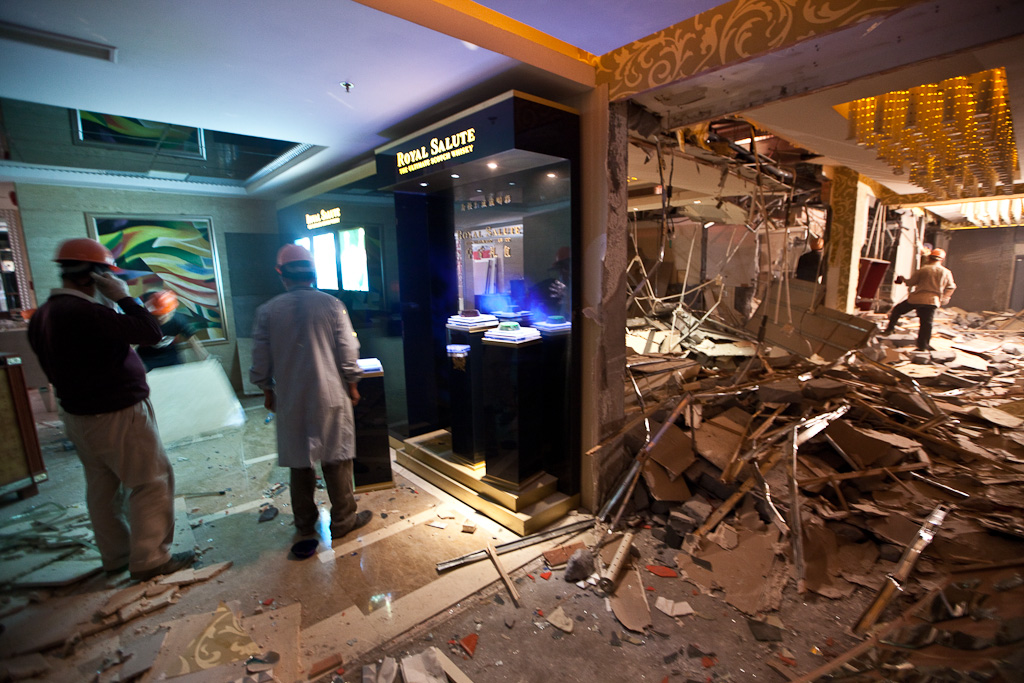There are 3 audiences to every presentation: the people in the room; the people tuning in online in real or close to real time; and history. The presenter needs to consider all three.
‘History’ is increasingly the digital memory of event – it starts with the conversations leading up to, during and after the event – it’s the photos posted online, the retweeted quotes, the barbs, the likes, the references, the downloads. The presenter can’t control history but she can nudge it in the right direction.
For any given presentation what artifacts do you leave behind? Where are they linked from? How can they be repurposed, reused? And what is the thread that links them back to you and what you’ve done?
Who is the gatekeeper of your history?
What is their motivation both now and in the future?
Presentation to the Finance Forum CIO CEO Summit, Beijing.
Related interview (Chinese).
施仁? Shi Ren, my Chinese name.
Photo? My neighbourhood mega-brothel/KTV is having a refurb, loving the contrast between whisky displays and pure, wanton destruction.

3 Trackbacks
[…] This post was mentioned on Twitter by Jan Chipchase and Jan Chipchase, Tim Leberecht. Tim Leberecht said: RT @janchip: New on Future Perfect: The 3 audiences for every presentation: http://bit.ly/fp_thepowerofthree […]
[…] This post was mentioned on Twitter by Gabriel Borges, Future Perfect. Future Perfect said: New on FP: The 3 Audiences: There are 3 audiences to every presentation: the people in the room; the people tunin… http://bit.ly/9Up7jd […]
[…] his blog Future Perfect, Jan highlights the importance of considering the virtual audience in […]